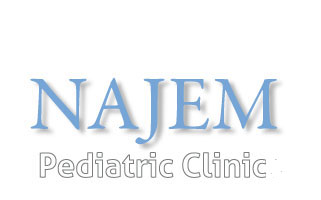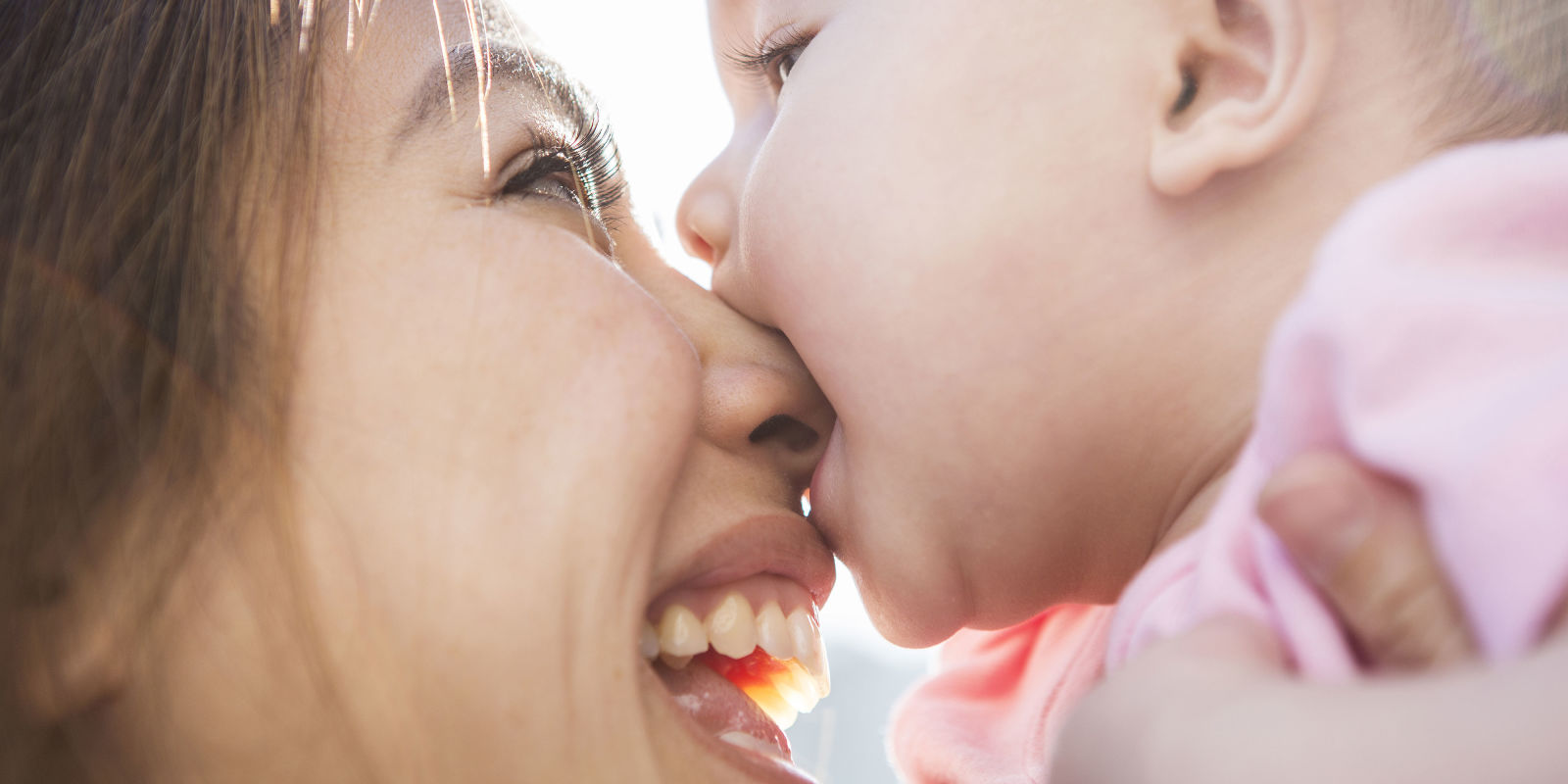Common Illnesses
-
Cmv
Cytomegalovirus
Cytomegalovirus (CMV) is a common virus that can infect almost anyone.Read More
-
GD
Gilbert’s Disease
Is a common benign condition of the liver.Read More
-
Htd
Hashimoto’s disease
Hashimoto’s Thyroiditis is an autoimmune disease.Read More
-
LDL
High LDL
The high LDL cholesterol is the cause of most heart attacks.Read More
-
Tri
Triglycerides
Triglycerides are a type of fat (lipid).Read More
-
TSH
High TSH
When you have very high TSH in your blood.Read More
-
Hyp
Hypothyroidism
Hypothyroidism (underactive thyroid) is a condition.Read More
-
M
Mono
Mono is usually caused by the Epstein-Barr virus.Read More
-
ID
Iron Deficidency
What is Iron Deficiency Anemia?Read More
-
VD
Vitamin D Deficiency
What is Iron Deficiency Anemia?Read More

